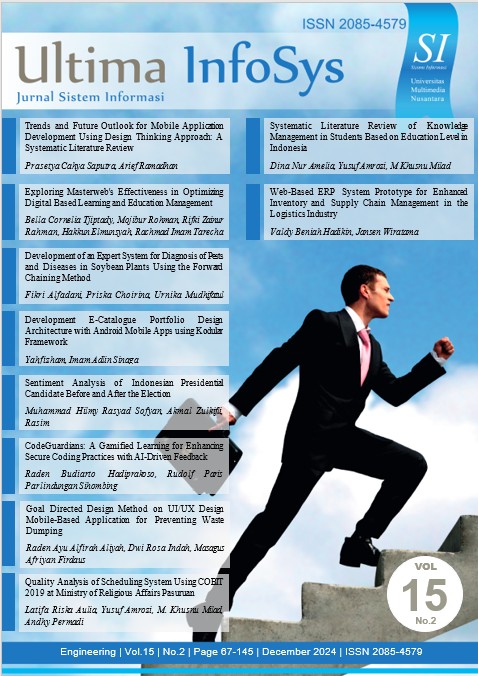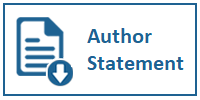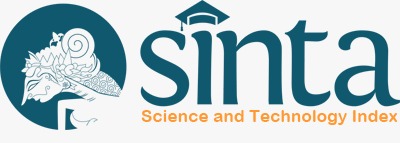Web-Based ERP System Prototype for Enhanced Inventory and Supply Chain Management in the Logistics Industry
DOI:
https://doi.org/10.31937/si.v15i2.3839Abstract
Technological advancements have driven companies to adopt innovative solutions to improve efficiency and streamline operations. PT Kesuma Express, a logistics company in Indonesia, faced inefficiencies and frequent errors due to its reliance on manual processes such as transaction recording, document management, and income reporting. This research developed a web-based Enterprise Resource Planning (ERP) system prototype to address these challenges, focusing on Inventory and Supply Chain Management (SCM) modules. The prototype uses the Rapid Application Development (RAD) model and the Laravel framework and includes key features such as transaction recording, customer data management, and financial reporting. The inventory module enhances truck data management, monitors truck availability, and alerts users about data discrepancies, ensuring accuracy and timely actions. The SCM module supports the delivery process by providing real-time delivery status tracking that is accessible to both warehouse staff and administrators, enabling transparency and efficiency in goods distribution. The system replaced PT Kesuma Express manual processes, significantly improving operational efficiency and reducing errors. By integrating inventory and SCM capabilities, the ERP system has streamlined operations, enhanced data accuracy, and improved customer service quality. This research demonstrates the transformative potential of ERP systems for logistics companies aiming to modernize their operations.
Downloads
Downloads
Published
How to Cite
Issue
Section
License
Authors retain copyright and grant the journal right of first publication with the work simultaneously licensed under a Creative Commons Attribution-ShareAlike International License (CC-BY-SA 4.0) that allows others to share the work with an acknowledgement of the work's authorship and initial publication in this journal.
Authors are able to enter into separate, additional contractual arrangements for the non-exclusive distribution of the journal's published version of the work (e.g., post it to an institutional repository or publish it in a book), with an acknowledgement of its initial publication in this journal.
Copyright without Restrictions
The journal allows the author(s) to hold the copyright without restrictions and will retain publishing rights without restrictions.
The submitted papers are assumed to contain no proprietary material unprotected by patent or patent application; responsibility for technical content and for protection of proprietary material rests solely with the author(s) and their organizations and is not the responsibility of the ULTIMA InfoSys or its Editorial Staff. The main (first/corresponding) author is responsible for ensuring that the article has been seen and approved by all the other authors. It is the responsibility of the author to obtain all necessary copyright release permissions for the use of any copyrighted materials in the manuscript prior to the submission.















